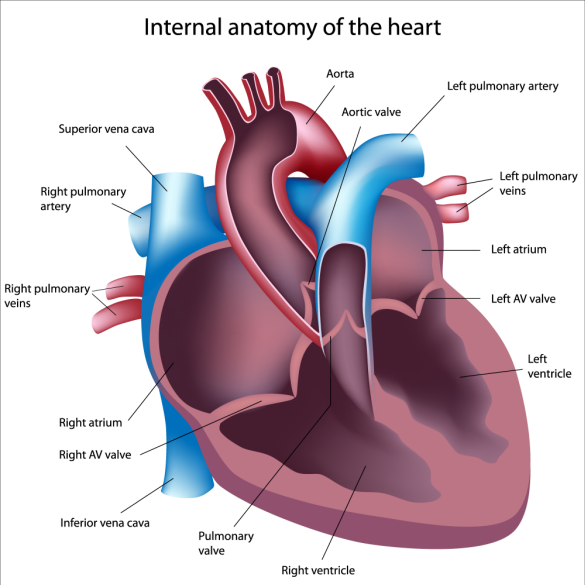 Yes. Pulmonary Arterial Hypertension is a disease that affects both the heart and lungs. The name means high pressure in the arteries of the lungs but it has severe consequences for both the heart and the lungs.
Yes. Pulmonary Arterial Hypertension is a disease that affects both the heart and lungs. The name means high pressure in the arteries of the lungs but it has severe consequences for both the heart and the lungs.
How Does PAH Affect My Lungs?
Pulmonary hypertension attacks the lungs in two ways. PAH causes vasoconstriction of the pulmonary arteries. The pulmonary arteries have a muscular layer that squeezes abnormally or constricts. It also causes changes within the walls of the arteries themselves resulting in less room for blood to flow. This is called remodeling of the pulmonary arteries. The remodeled pulmonary arteries are thicker making the path for the blood to travel narrower. Eventually, smaller vessels down the line may be completely blocked limiting the amount of blood that can travel through the lungs and this reduces the amount of oxygen that can be delivered to the rest of the body. These changes require more pressure to move the blood through the diseased vessels. Think of when you put your thumb over the end of a garden hose while it is running. Water that had been flowing through the hose at a nice constant flow now becomes pressurized and shoots out the end of the hose. The same effect is happening in the pulmonary arteries in patients with PAH.
How Does PAH Affect My Heart?
The right side of the heart is used to pumping at lower pressure. Blood that has already delivered oxygen to the body returns to the right side of the heart and the right ventricle pumps this oxygen-depleted blood through the lungs. The blood then travels through the pulmonary arteries, through the different segments of the lungs, to tiny blood vessels called capillaries where it exchanges the carbon dioxide it is carrying for oxygen brought in through the airways of the lungs. Once the blood has picked up oxygen it returns to the left side of the heart via the pulmonary veins system. The left heart then pumps the oxygen-rich blood throughout the entire body.
As PAH progresses and the pressure rises in the pulmonary arteries, the right side has to pump harder to move blood through the lungs. The right ventricle is usually the first chamber of the heart to show signs of being overworked. Just like any other muscle in the body it becomes bigger when it is worked harder. Think of going to the gym and lifting weights every day, your muscles eventually become larger. As the right ventricle muscle becomes larger it starts pushing into the left ventricle. Over time, the enlarging right ventricle can take up so much space that the left ventricle does not have enough room to function properly.
The heart will continue to compensate in this manner for as long as it can, the right side getting bigger and bigger and taking over room that the left side of the heart needs. Eventually the right side will be unable to pump against the increased pressure in the pulmonary arteries causing right-sided heart failure. At this point, patients have marked fluid retention (swelling of the legs and abdomen) and are very short of breath.
So the answer to the question of whether PAH is a heart or lung disease is not so simple. The answer is that it is both a heart and lung disease.
